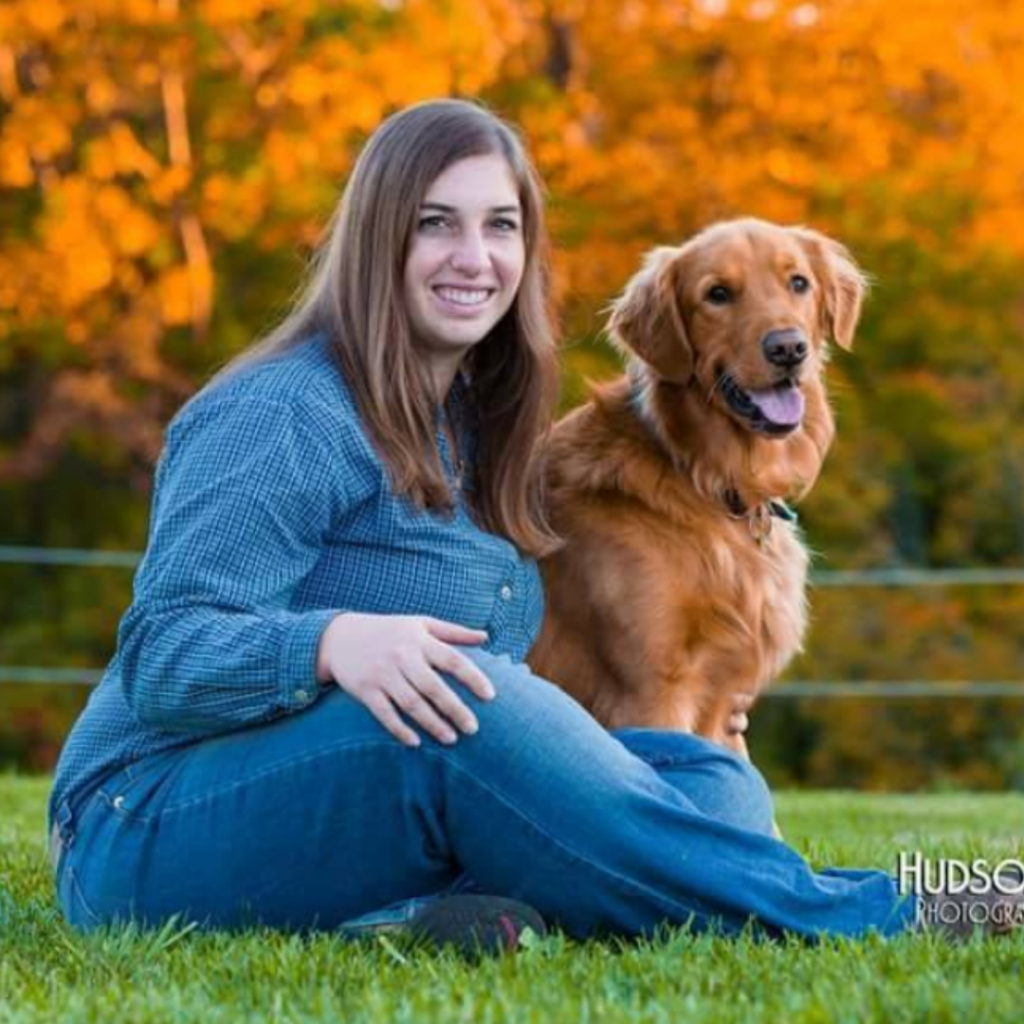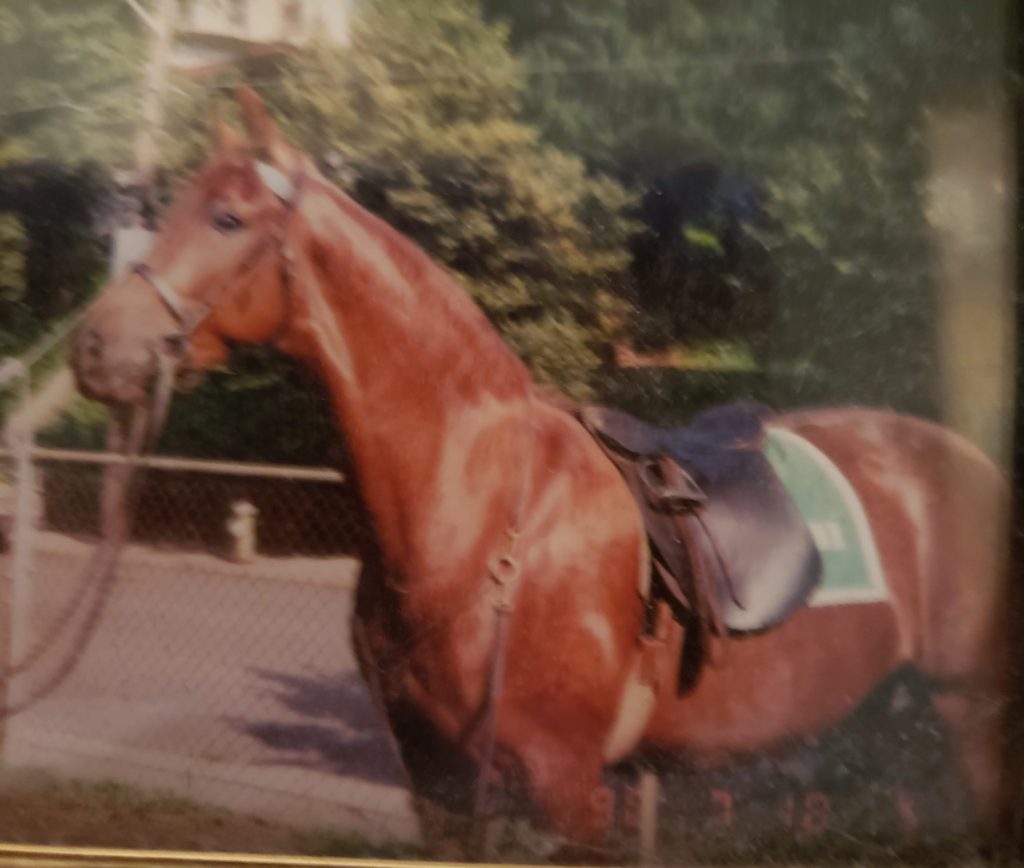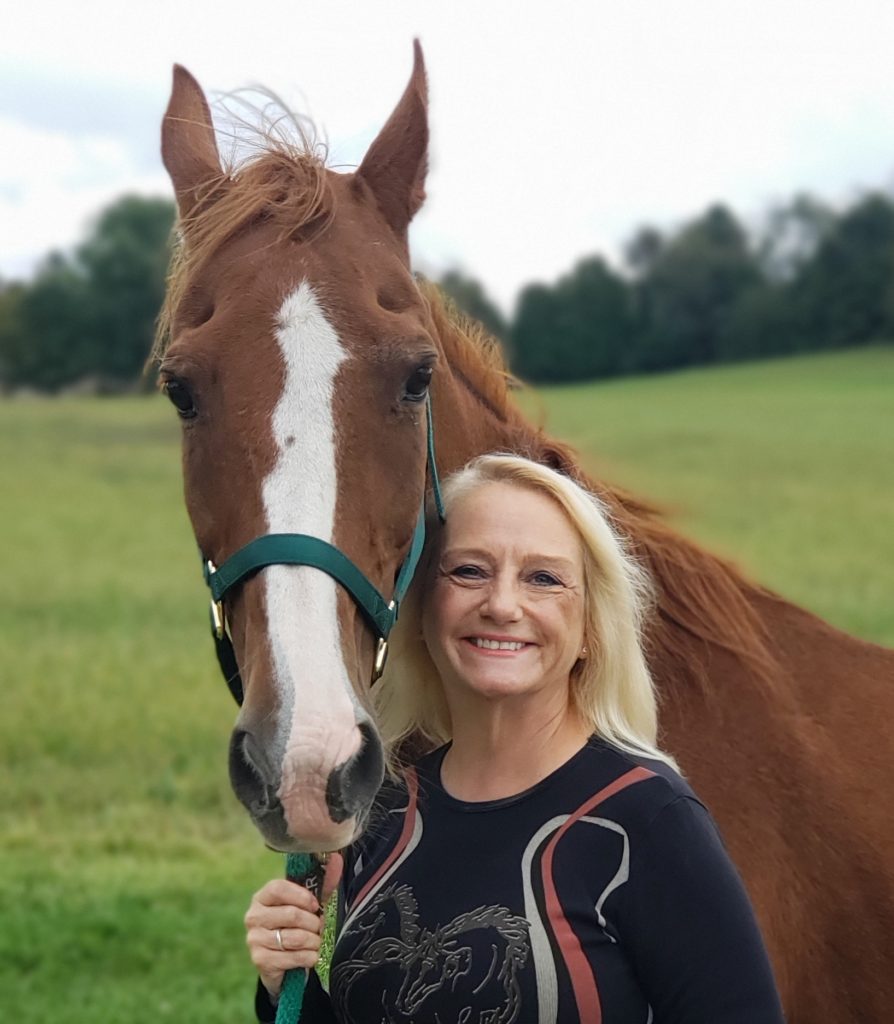
A Story of Courage & Fortitude
In case you missed this saga, last September I received that phone call from my boarding stable that no one wants to get. My American Saddlebred, The Duke Of Denver, was down in the field, and couldn’t get up. I asked the vet to meet me there as soon as possible. It was late in the evening, and by the time I arrived, fortunately Denver was up and in a separate paddock. He could hardly walk. His right front leg was all but useless.
The emergency call…
The vet arrived, and did a cursory exam. He did not detect any broken bones. I asked for x-rays which did not indicate any breakage. Why then, couldn’t Denver walk? To see him was heartbreaking…unable to put any weight on his right front, limping and in obvious pain. The vet suggested soft tissue damage in the shoulder. Muscle? Tendon? Nerve? He was in no shape to be trailer-ed, so a trip to the equine hospital was out out of the question. No portable MRI equipment was available, so we were flying blind.
Euthanasia…
The vet suggested this outcome! Without giving Denver a fighting chance, I refused to consider eminent death! I led him gingerly to his stall, where we began the journey (hopefully) to recovery. With the aid of painkillers, Denver survived the first 24 hours…the initial benchmark. If he wasn’t giving up, I wasn’t giving up!
Meeting the challenges…
1.Administer Phenylbutazone (Bute) as anti-inflammatory and pain relief medicine. NOT SO MUCH! I have come to believe that there are as many ways to coax a horse into taking bute as there are horses and horse owners! We only had it available in pill form, which was, of course, impossible to get down no matter how I tried to disguise it. Crushing it up into feed, dousing it with honey, mixing it in molasses. Denver would have none of it. The final, and successful, solution? Mix bute in applesauce and deliver through syringe!
2.Second Opinion. Not willing to accept one vet’s “prognosis negative”, a second opinion was sought. This opinion provided more hope. The possible soft tissue damage could be healed with extended stall rest, massage with Absorbine, infrared heat lamp and physical stretching therapy. Thanks to Dr. Stacey Harbaugh, Laurel Highlands Animal Health.
3.Communication. We called our animal communicator, Courtney French Moffatt, to communicate with Denver, assess how he was feeling about his injury and recovery. We learned that he had a very positive attitude about surviving and thriving. On the more practical side, he asked that I massage his left side too, since it was bearing all the weight! 🙂

Prayer. “Wherever two or more are gathered in His name…” Prayer was an integral part my my first horse, Wimsey’s colic recovery, and is now providing strength and perseverance in Denver’s recovery.

A beautiful prayer for all horses in distress…
“Dear Lord, you know what the situation is. I ask that you would touch _____ and begin to heal him/her.
I ask that each day he/she would become stronger. Lord, I am asking that you would strengthen every muscle, tissue and cell in his/her body.
Lord, begin to alleviate the swelling, pain and inflammation. This horse was created by you, Lord. You know how much we love him/her. But I know that you love him/her even more. This is your horse Lord.
Please heal him/her. Strengthen him/her. Touch him/her in every way. Let him/her feel surrounded by your comfort, peace and love.
Regardless of the outcome I put my trust in your hands. I put the results in your hands. I put my horse in your hands.”
In Jesus name we pray. Amen. Jackie Osinski
Recovery Process
As you can see from the video above, Denver is doing splendidly! Our current challenge is to put on the weight he lost during the worst of his ordeal. His refusal to eat at the beginning was worrisome, but I have come to believe that it was nature telling him to “lighten up” since he only had three legs to stand on! So, we are taking it slow, and building him up over time. I’m curious to know what your best methods are for putting weight on a horse?
Hopefully we’ll be back in the saddle next spring!
